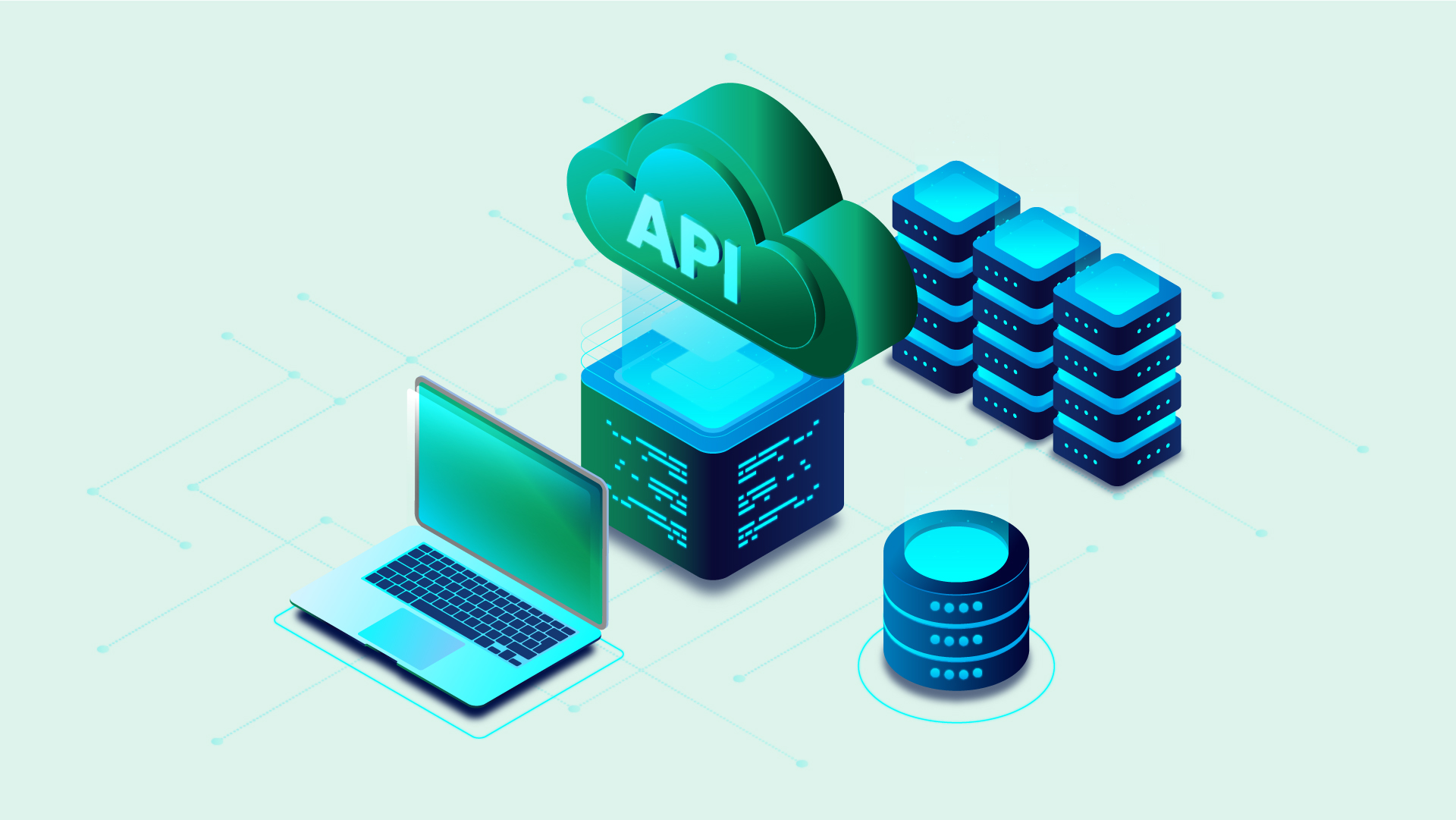Summary
- API-first approaches optimize data integration, driving businesses towards exponential growth.
- APIs enhance ERP functions, facilitating seamless system experiences and data automation.
- The future of robust business software lies in applications developed with API-first methodologies.
In today’s rapidly-accelerating world, the name of the game in data integration is an API-first approach. API is a commonly used acronym that means Application Programming Interface. An API-first approach is where a software company prioritizes APIs at the very beginning and throughout the software development process. This approach positions APIs as the building block of the software and not an afterthought. With thousands of platforms, services, and protocols vying for our attention, businesses need to be able to quickly and easily hook into the systems that matter most to them.
In the next ten years, effective utilization of data and how companies integrate it will be the make-or-break choice that divides those who grow exponentially from those who face stagnation in a rapidly evolving business landscape.
At 10X ERP, our focus is on providing the backbone for your company to take advantage of the continuing innovations in modern technologies by integrating e-commerce, supply-chain logistics, CRM, payment processing, and any other application data quickly and seamlessly through our APIs. That’s the crux of our competitive advantage, and it’s why our platform empowers companies to scale swiftly and successfully.
In this article, we’ll discuss the merits of an API-first approach and how companies can leverage this methodology to grow exponentially. Let’s get started.
What Exactly Is an API-First Approach?
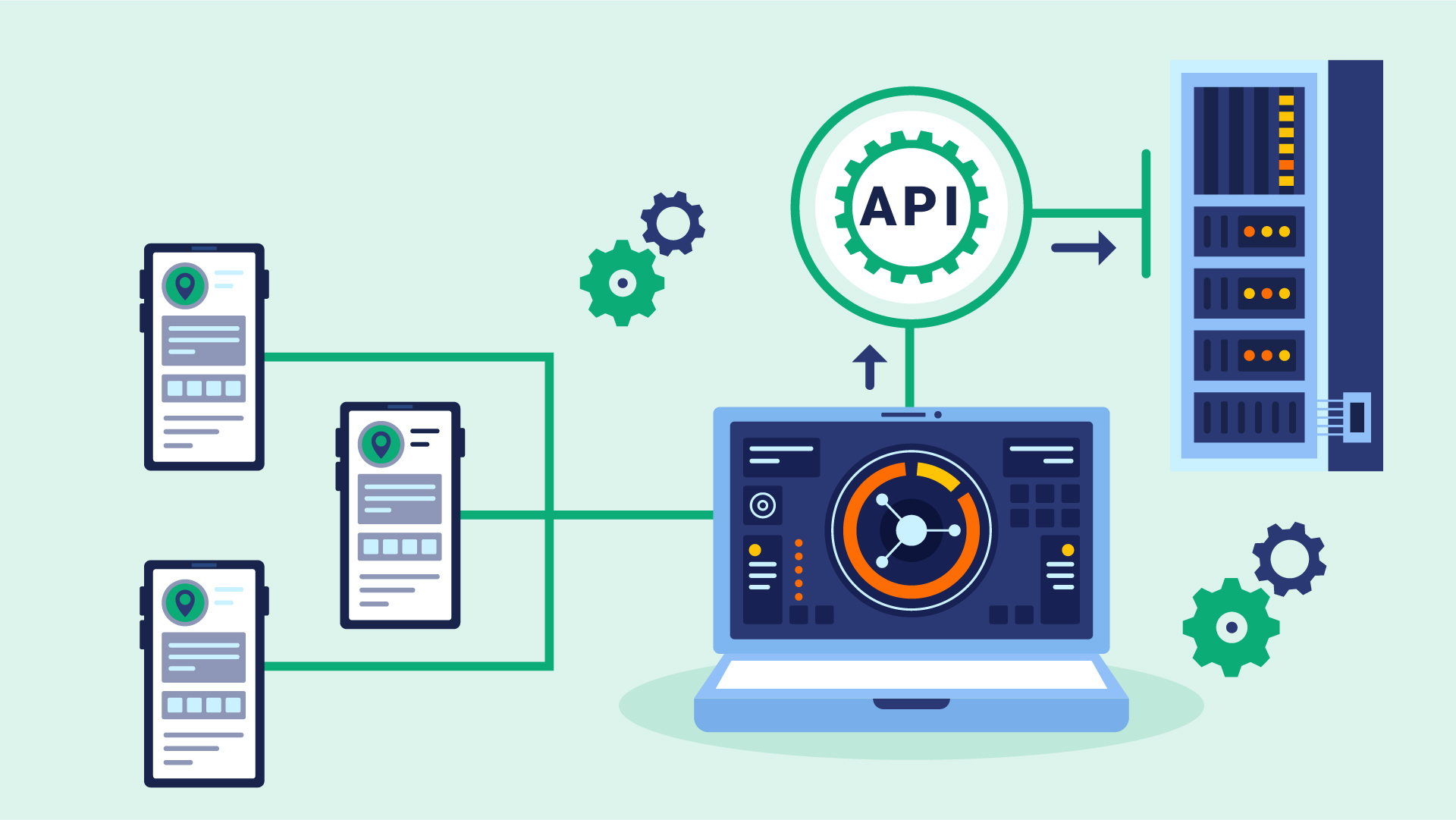
An API is simply a connector – a set of functions and procedures that allow one application to access the features or data of another operating system, application, or service. APIs are also a central method of communication between the frontend and backend of modern applications and act as a liaison between different apps, ensuring their security and accessibility.
That’s the technical definition. For business users, think of the API as a user interface for software: it’s like a mail carrier that delivers information from server to server, separating one package from another. And depending on the mail carrier, your data can be delivered efficiently, affordably, or not at all.
In the early 2000s, APIs became a popular way for companies to share data with third-party developers. This allowed companies to tap into new markets and create new revenue streams since one company could easily use the exposed API of another to improve the value of their service.
Today, this technology is used by major tech companies such as Google, Amazon, Facebook, and X (FKA Twitter) to connect otherwise disparate systems by enabling real-time data sharing. The demand for APIs will only grow as the world becomes more connected.
APIs are integral to the function of digital services because they provide a central method by which you can access and utilize the full functionality of your applications.
Without a solid API, websites and apps cannot expose their functionality to the outside world or be reused by other services. Given their effectiveness and efficiency, it stands to reason that their implementation is at the core of data collaboration and business success.
What Is An API-First Approach?
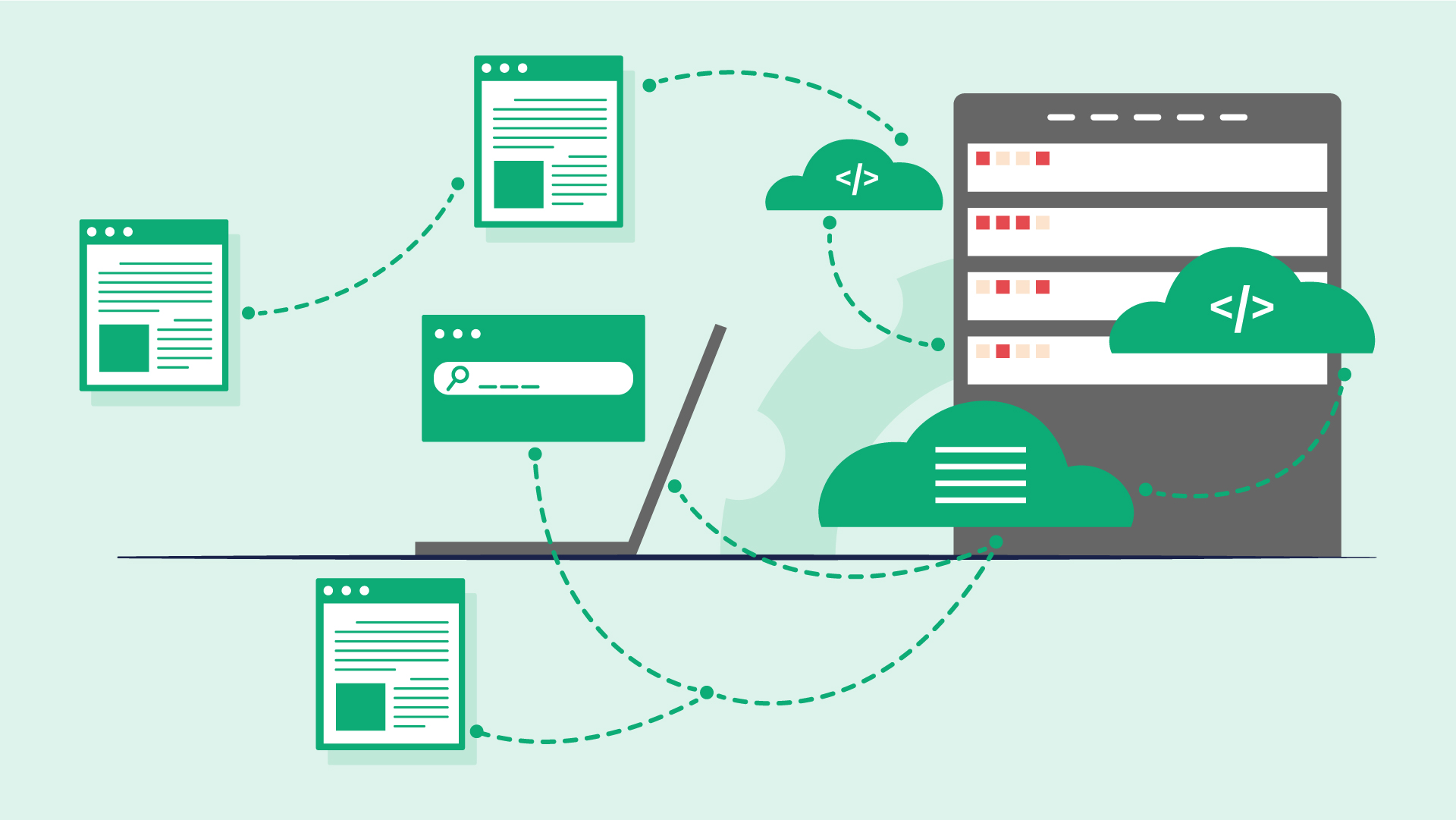
During development, an incredible number of decisions must be made to ensure the final product is successful. Programmers must consider what technology to use, how best to architect the system, what language to write the code in, and how the various components will work together.
But the most important decision by far is whether you approach the development process from the perspective of your API or from your user interface.
The API-first approach, where the API is designed, built, and focused on before anything else, is an incredibly powerful way to create a system that can be easily reused and extended. On the other hand, starting at the user interface can lead to poor interoperability and a product that can’t keep up with rapidly changing integration standards.
As mentioned, APIs are the primary means by which a company exposes the functionality of its application to the world. Developers have been consuming APIs for as long as there have been web services and applications. The way developers consume APIs is also constantly evolving.
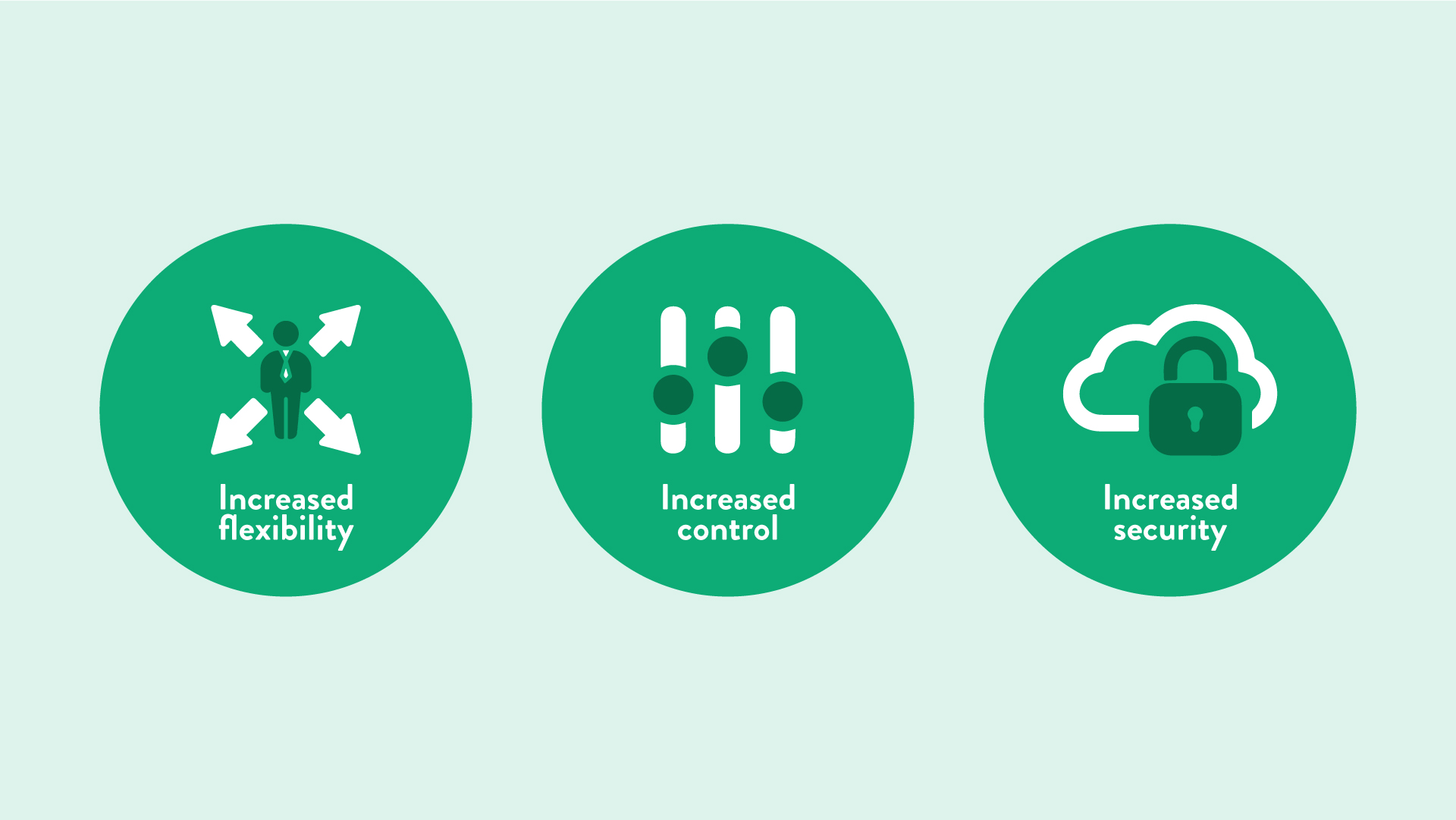
But this is both a good and a bad thing. It’s a good thing for most because it means exponential growth in technology and opportunity. It’s a bad thing for some because evolving API standards can quickly outdate a business that doesn’t focus on its API.
That’s why an API-first approach is so important – it allows companies to future-proof themselves and lets you better leverage your data and resources by integrating with partner applications more easily.
Additional benefits of an API-first approach include:
- Flexibility – An API-first approach allows you to quickly and easily expose the functionality of your application (and only the parts you want to expose) to the world.
- Control – An API-first approach allows you to have more control over how your application is used and how you can evolve it over time.
- Security – An API-first approach increases security by acting as an intermediary between applications and providing only the required information
By developing API first, companies can ensure that their products are built in a way that makes it easy for developers to use and integrate them. This approach also allows companies to get feedback from developers early in the development process, which can help them make better decisions about the product.
There are four main steps to taking an API-first approach:
- Defining – creating a clear and concise definition of what your API will do
- Creating – developing an interface for your API that adheres to that definition.
- Managing – keeping the definition of your API up to date as the product or audience changes through effective versioning
- Consuming – using the definition of your API to generate documentation and client libraries that make it easy for other developers to utilize
It’s imperative for businesses to allocate the necessary time and resources for each of these steps to develop a strategy that makes the most sense for their product or service.
How Does API-First Approach Help Your ERP?
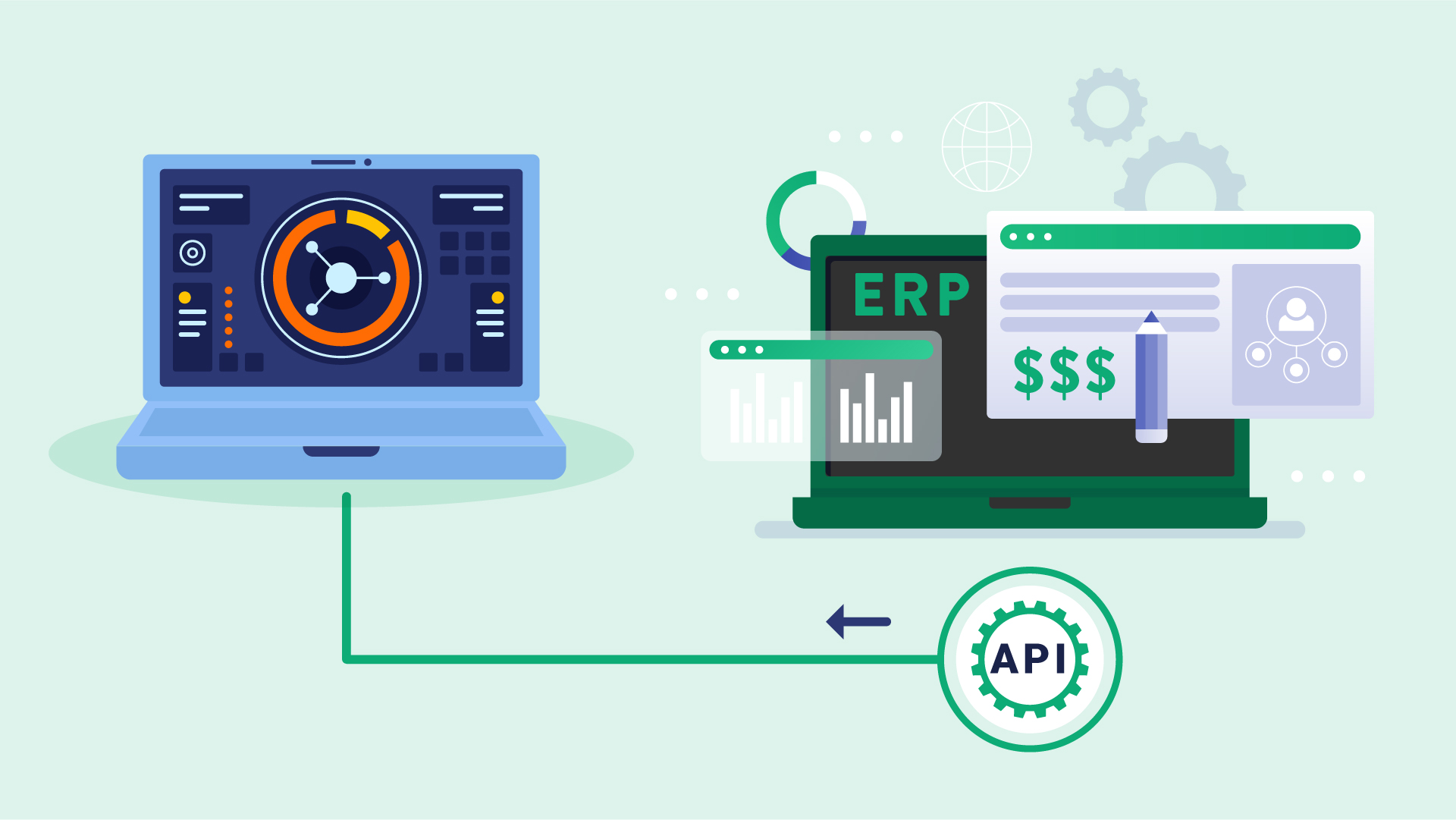
Modern (ERP) Enterprise Resource Planning software suites offer a wide range of capabilities, from inventory management and order processing to e-commerce and customer relationship management (CRM). If you’re searching for the best ERP software, APIs are crucial to offering a smooth system experience by facilitating the integration and automation of data between disparate services.
APIs and your ERP host a symbiotic relationship: most companies spread their needs over several software systems because they lack a single system that does it all. APIs let your ERP combine and integrate data from those services into a simple-to-use, easy solution.
An ERP software experience created with robust APIs helps you – and others – build integrations quickly and access data from anywhere. By providing a layer of abstraction over your data, API-first methodology allows your ERP system to focus on what it does best—managing your business without the hassle and additional overhead of building custom systems.
Additionally, placing APIs at the forefront of development assists with:
- Managing your ERP data more efficiently and effectively
- Connecting your ERP to other applications and devices
- Automating processes and workflows.
Feeling confused? Let’s simplify it with an example of how APIs expand business growth by creating easy channel partnerships with third-party service providers.
If you have a CRM and want to view live sales data, you can use an API to automatically get the data from your ERP to populate that CRM or vice versa. You can save dozens or hundreds of manual hours doing the same task, which can easily translate to thousands of dollars a month.
The same goes for any of your other business processes. You can create APIs for each process and use them to easily build new channels to grow your business, interact with your customers, and expand your outreach.
On the customer level, important information such as contract pricing, open order status, tracking info, and more can be obtained automatically by integrating your website and ERP through APIs.
The Future Of APIs
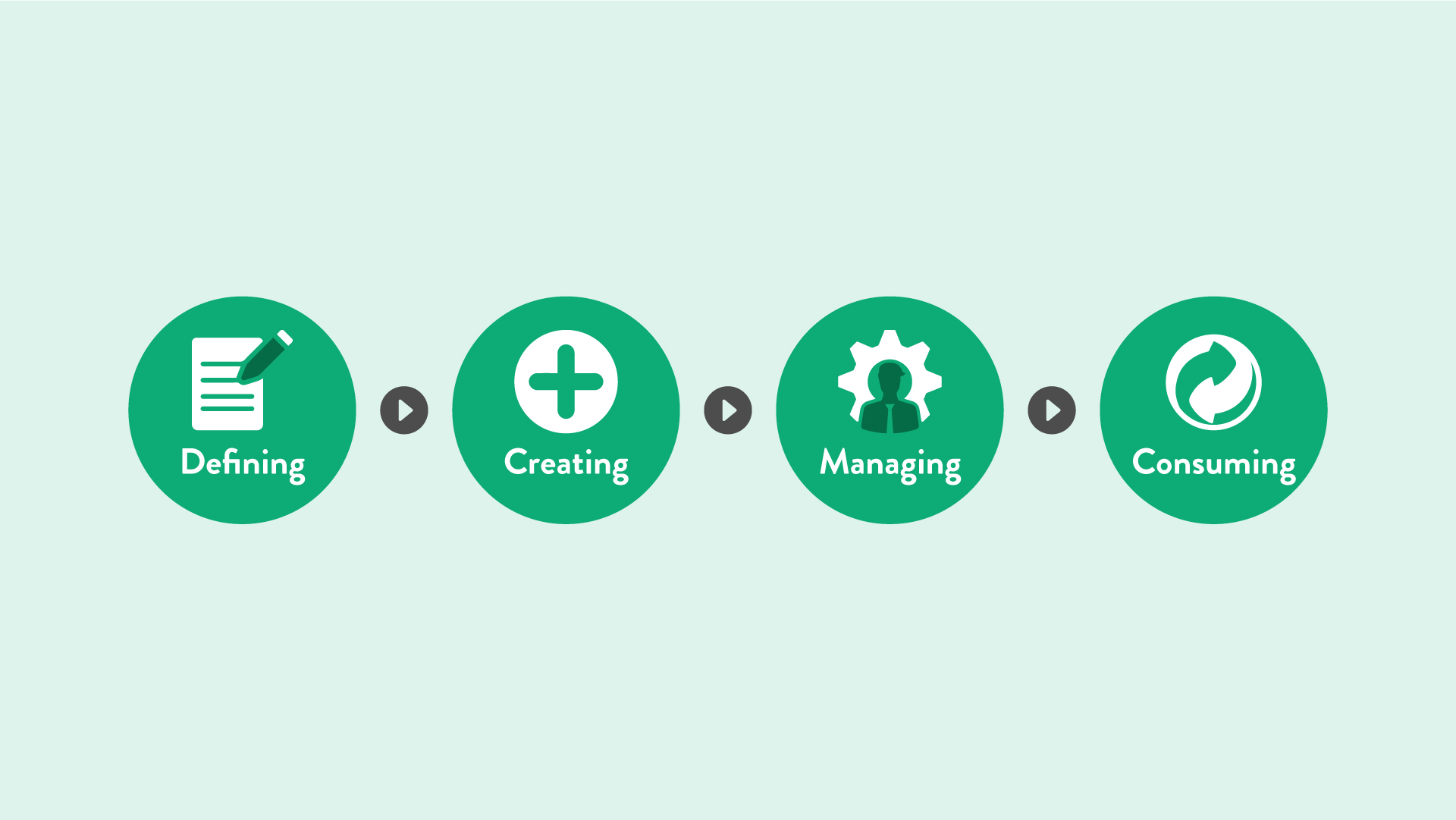
The API-first approach is at no risk of becoming obsolete. If anything, it’s only going to grow more valuable with time. The best way to future-proof critical business software is by selecting applications developed with an API-first approach.
The application development process will continue to use APIs to expose internal functionality or consume third-party functionality. The rise of microservices will lead to an increase in the number of APIs that developers require, too, and the trend is likely to continue given the diversity of smaller devices (like IoT) connecting with applications over the internet.
API development is a multi-platform, multi-lingual, multi-paradigm, and multi-tenant way of building software. In the future, you’ll be able to use any language, platform, architecture, and deployment model to consume APIs worldwide. The effect it will have on your business, with an ERP designed to maximize continued API advancement, will be profound.
